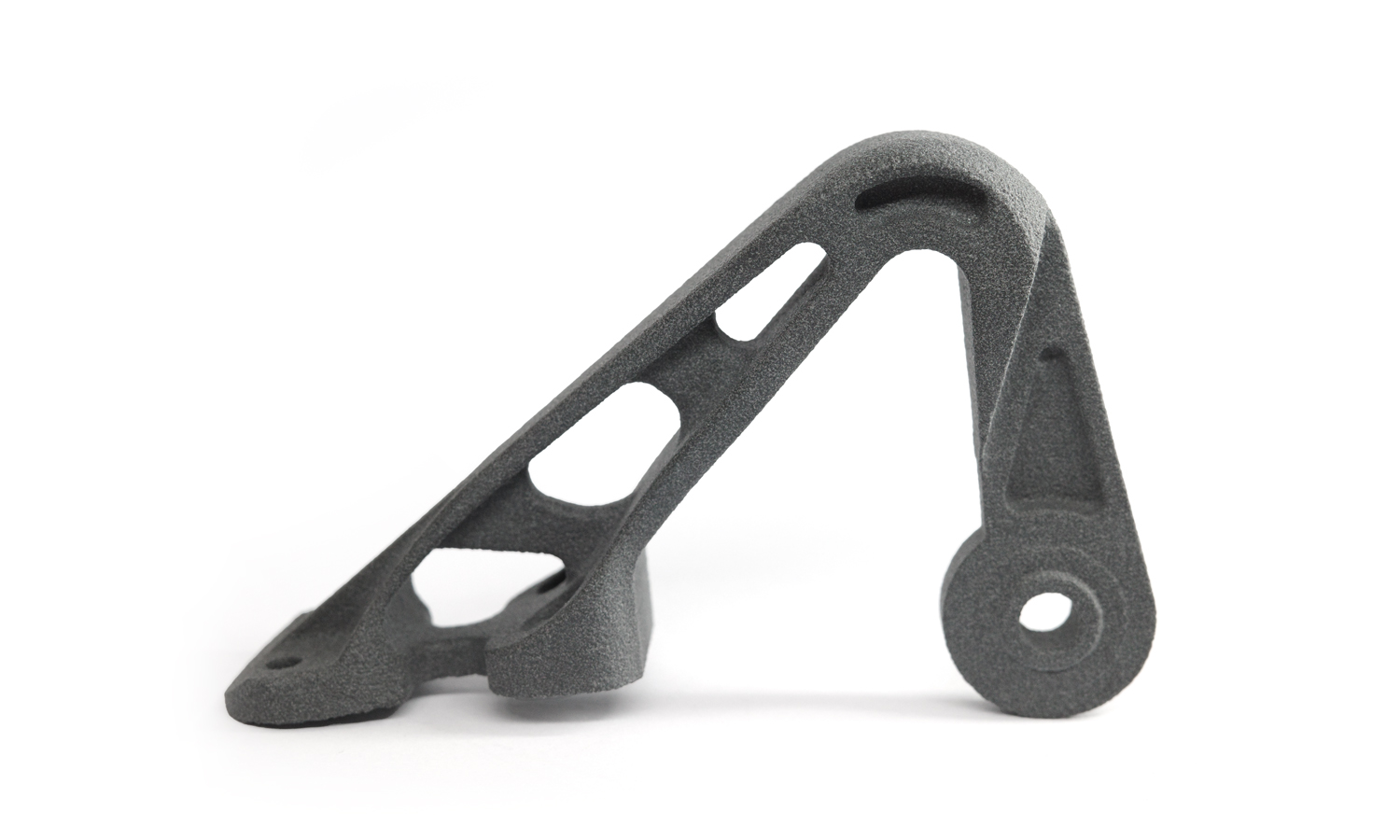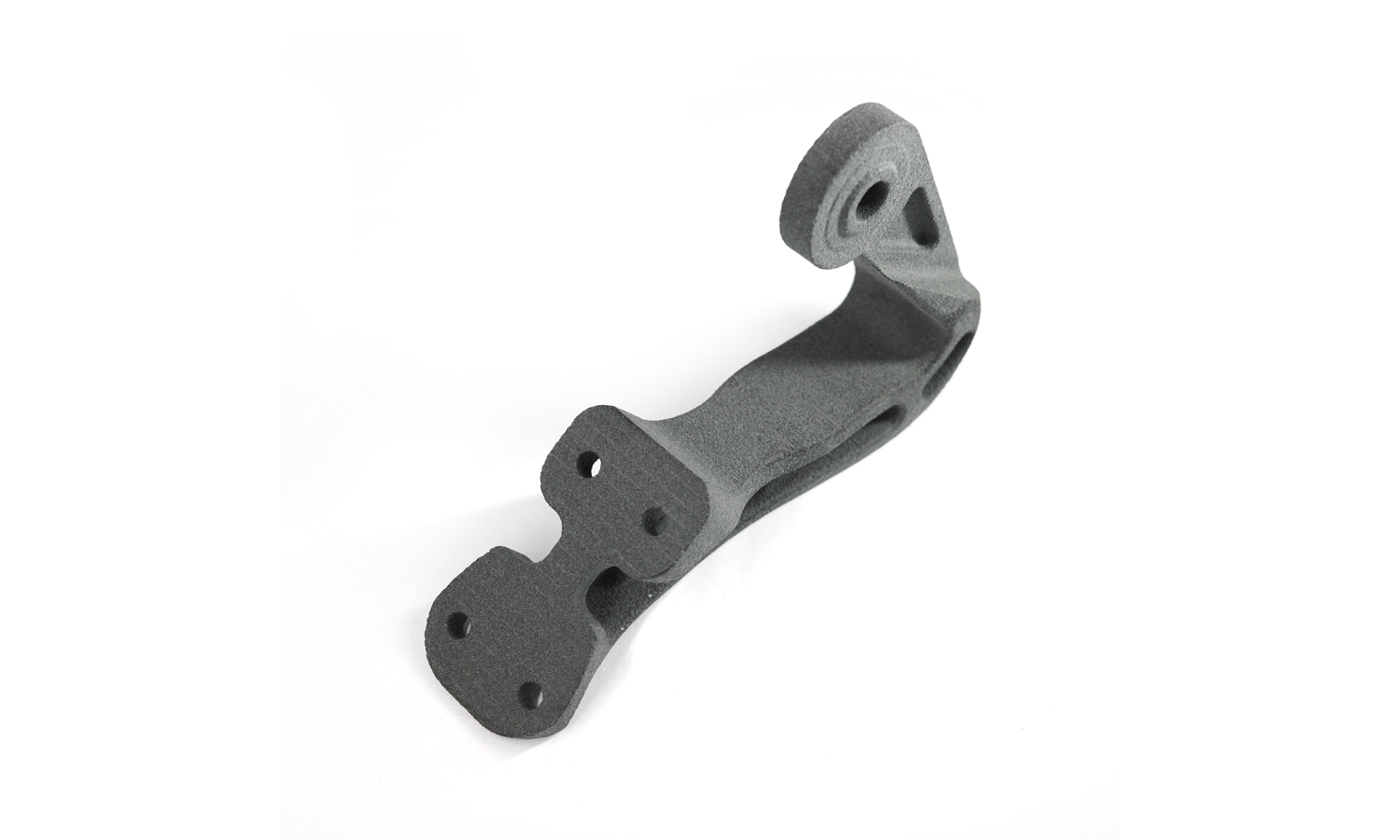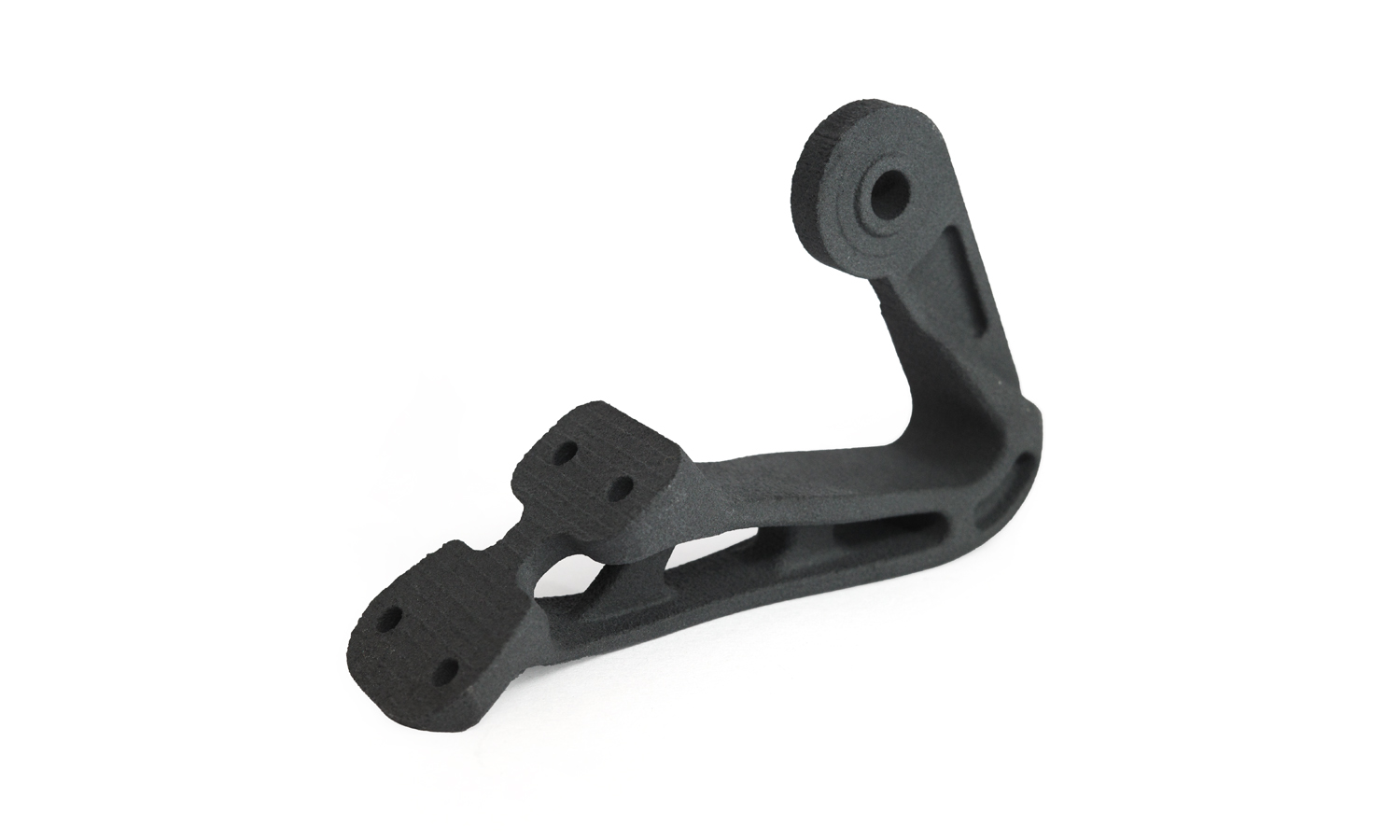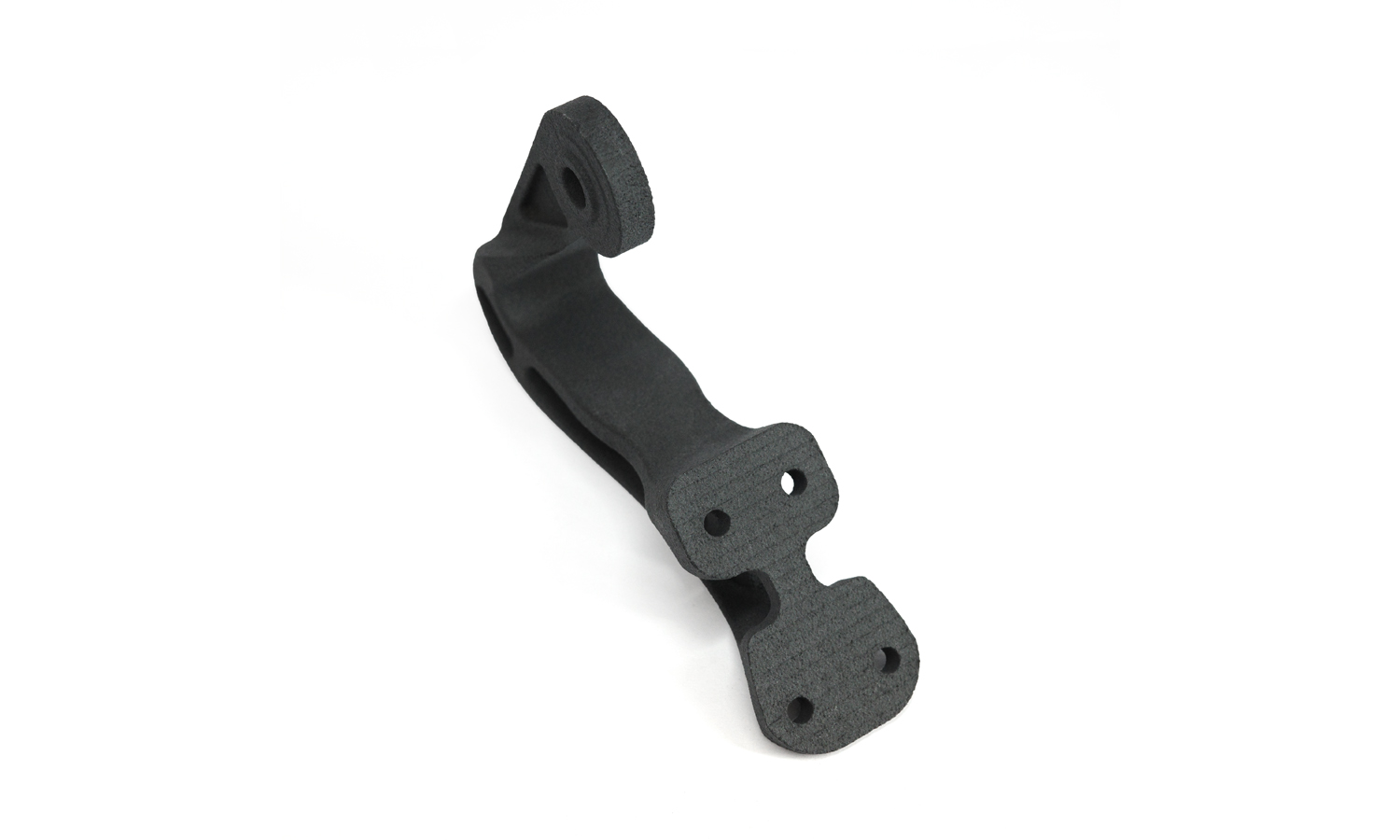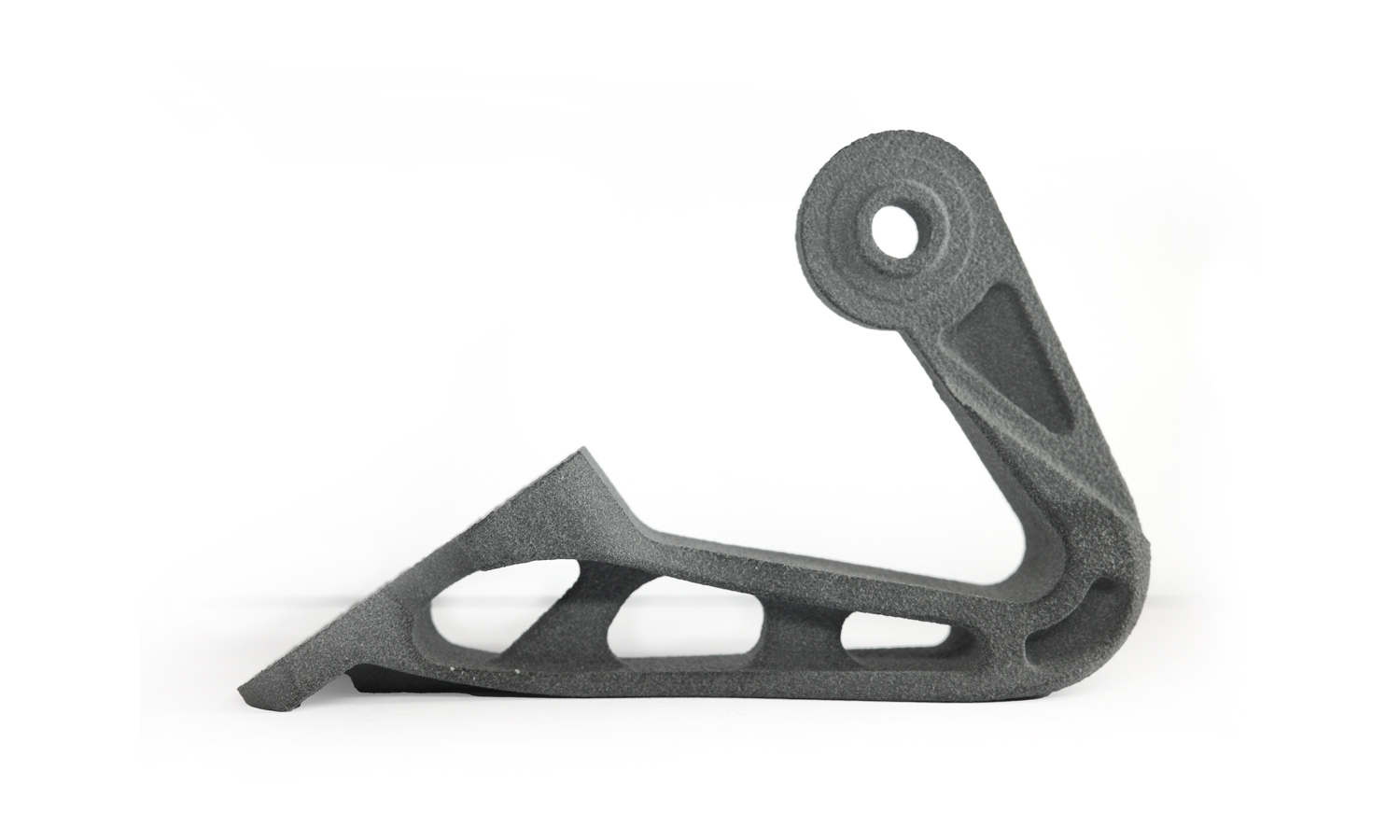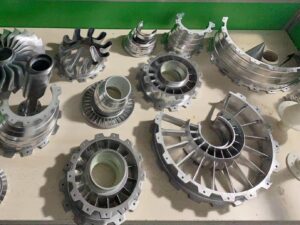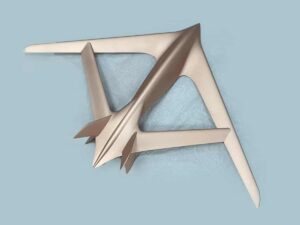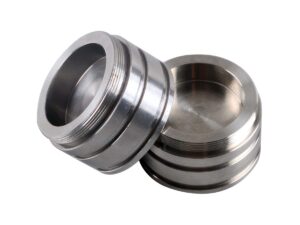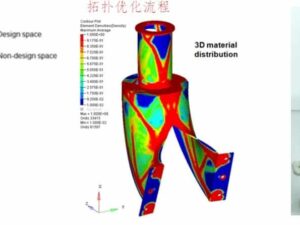SLS 3D Printed PA 11 CF Airplane Bearing Bracket
Posted on 2025-03-11 in Aerospace ┬Ę Ķł¬Õż®
Gallery
About Project
This 3D printed airplane bearing bracket demonstrates the power of SLS technology and PA 11 CF. Its unique triangular design with strategic cutouts minimizes weight while ensuring structural integrity.
Key Features
- Strong and Lightweight: PA 11 CF nylon provides excellent mechanical properties, including high strength, flexibility, and impact resistance.
- Optimized Design: The triangular shape and cutouts reduce weight without compromising strength.
- Precise Manufacturing: SLS 3D printing ensures accurate dimensions and clean features, crucial for aerospace applications.
- Versatile: Available in raw and black colors to suit different needs.
This bracket is a testament to the capabilities of SLS 3D printing in producing high-performance components for demanding industries. The combination of advanced materials, innovative design, and precise manufacturing makes it an ideal solution for aerospace applications where weight and reliability are critical.
FacFox’s nylon 3D printing service can help you create custom parts like this with a wide range of materials and finishing options. Contact us today to discuss your project!
Solution
- Step 1: CAD Model Design. The bracket was designed using CAD software, where its dimensions, features, and cutouts were defined.
- Step 2: File Preparation. The CAD file was converted to an STL format, which is commonly used for 3D printing.
- Step 3: SLS Printing. The bracket was printed using Selective Laser Sintering (SLS) technology. A thin layer of PA 11 CF nylon powder was spread across the build platform.
- Step 4: Laser Sintering. A high-powered laser selectively sintered (fused) the powder particles according to the design, layer by layer.
- Step 5: Powder Cooling. The printed part and unfused powder were allowed to cool down within the 3D printer.
- Step 6: Part Retrieval. The build chamber was opened, and the printed bracket was carefully extracted from the powder bed.
- Step 7: Excess Powder Removal. Loose powder was brushed and air-blown away from the bracket.
- Step 8: Dyeing. One of the brackets was dyed black. This likely involved submerging the part in a dye bath and then allowing it to dry.
- Step 9: Quality Inspection. Both brackets were inspected to ensure they met the required dimensional accuracy and quality standards.
